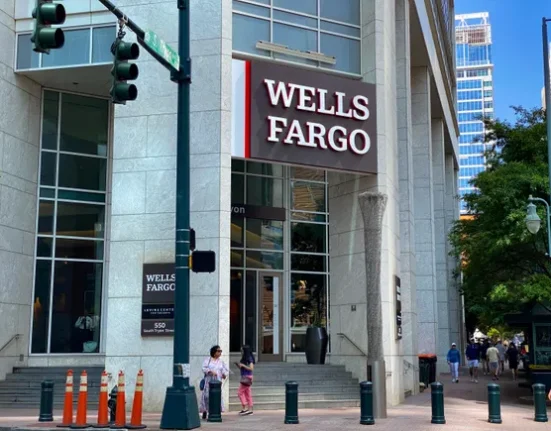Watching a clown make balloon animals at a birthday party is a surprisingly intuitive lesson on the principles of Boyle’s law.
The law says the pressure and volume of a gas — like air in a ballon — are inversely proportional. Squeeze one part of a balloon and the increased pressure will cause other parts to expand. Apply the right amount of pressure at precisely the right points and you end up with a cute balloon weenie dog. Apply too much pressure on any one point and you risk popping the whole thing.
Since January, Hoosiers have been watching a similar exercise play out in the debate over Indiana property tax reform.
Legislative leaders know that squeezing too much air out of the state property tax end of the balloon is guaranteed to cause a sudden expansion to the local income tax end. That pressure, according to Ball State University researchers, will likely decrease Hoosiers’ disposable incomes by about 3.5% and Indiana’s gross state product by 2.8%.
In an article devoted entirely to Indiana’s current property tax debate, analysts with the nonpartisan Tax Foundation last month encouraged Indiana policymakers to “prioritize incremental changes over abrupt tax reductions,” particularly since “the state’s property tax system is already among the most competitive in the nation.” The article concludes, “shifting property tax revenue to local income taxes is not a growth-oriented strategy.”
The warning tone is striking, given the popularity of Indiana’s tax structure among business types. In fact, the Tax Foundation’s own 2025 State Tax Competitiveness Index ranks Indiana 10th in the nation overall, and even higher — fifth — on the competitiveness of our current property tax laws.
That’s not to say lawmakers shouldn’t seek meaningful property tax relief for Hoosier seniors and disabled veterans, or offer expanded property tax credits for first-time homebuyers. Targeted measures like these work by applying the right amount of pressure at precisely the right points, yielding small changes to revenue collection that local units can absorb without raising local income tax rates, downgrading public safety or other services, or deferring desperately needed road repairs.
In contrast, the sweeping property tax reductions currently under consideration at the Statehouse make local income tax increases a foregone conclusion, shifting more economic pressure onto Hoosier workers and small business owners. The cuts also present a serious threat to the quality of place efforts that have been critical to local communities’ ability to attract and retain new talent.
Johnson County’s recent economic growth is a case study in the effectiveness of quality of place tools. In the last five years, Greenwood doubled its total number of parks and recreational facilities, which boosted housing starts. Franklin invested in a significant downtown transformation that set off an explosion of tourism spending – most of which has benefited small businesses – and a downtown commercial occupancy rate of nearly 100%.
These quality of place investments have paid dividends in the form of a growing talent pool; for eight consecutive years, Johnson County’s population has grown faster than both the Indy region and the state of Indiana. Private sector investments have quickly followed public investments; in the past two years, manufacturers have made capital investments of more than $320 million in Johnson County and created 400 new local jobs.
That this growth occurred after the property tax caps enacted by Indiana voters in 2010 is a testament to the tenacity and resourcefulness of municipal leaders in Johnson County and across the state. Whatever “fat” existed in local governments before 2010 was trimmed away long ago. Absent a meaningful and sustainable replacement mechanism for the revenues local communities would lose under the current property tax proposals, the next cut will be into bone.
That potential is a significant concern for many Indiana businesses, who, year after year, rate the need to attract talent as their top priority. According to the Indiana Chamber of Commerce, almost one-third of Indiana employers reported leaving a “significant” or “notable” number of jobs unfilled the previous year due to a lack of qualified applicants.
Worse, the Chamber’s most recent survey report says, “add in those who left a ‘small’ number of jobs unfilled (37%) and that combined total reaches nearly 70%.” Higher income taxes and weaker quality of place scores will make attracting talent even tougher for employers, ultimately weakening Indiana’s economic competitiveness.
As an economic development organization, Aspire Johnson County has often favored efforts to reduce tax burdens for Indiana residents and businesses. Unfortunately, the property tax reform proposals introduced so far this year hold little promise of reducing overall taxes for most Hoosiers. Instead, they threaten to diminish quality of life and undercut local units’ ability to attract talent and drive development.
It’s unclear what final shape property tax reform will take – but it definitely has Indiana’s communities twisted into knots.
Christian Maslowski is the president and CEO of Aspire Johnson County, which advocates for businesses in the county and on the southside of Indianapolis. Send comments to [email protected].







